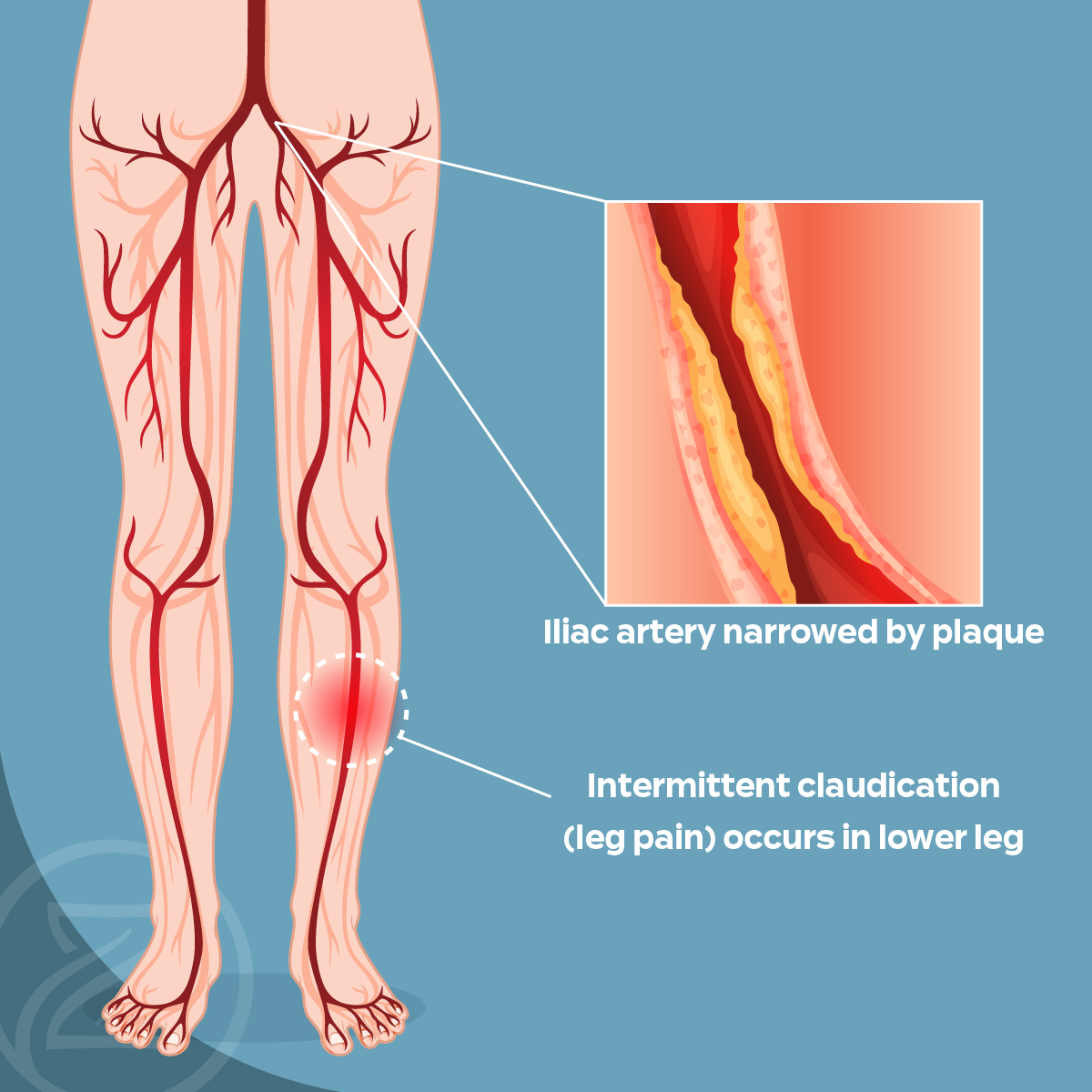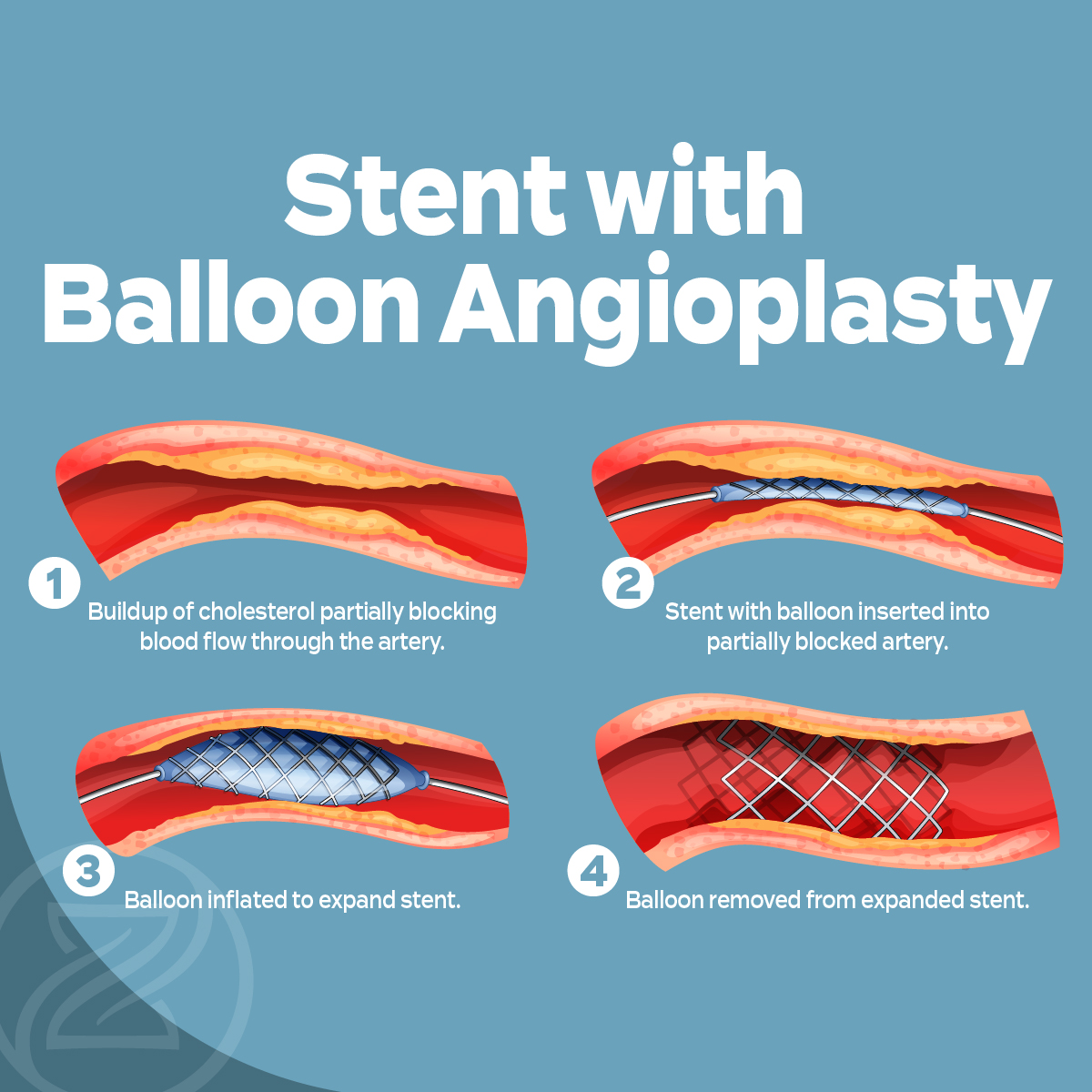Peripheral Arterial Disease (PAD)
PAD is a severe medical condition common in the US. Although many people have the disease, few pay attention to the symptoms until it has progressed. Knowing what symptoms to look for is the best way to protect your health from a life-threatening heart attack or stroke. At Zenith Vascular & Fibroid Center in Memphis, TN, we specialize in the detection and treatment of PAD.
What is Peripheral Arterial Disease?
Peripheral Arterial Disease (also known as PAD) is a circulatory disease that occurs when narrowed or blocked arteries constrict blood flow. This common condition affects the limbs, particularly the legs and feet, to create pain or numbness. According to the CDC, PAD affects 8.5 million Americans aged 40 or older. Men and women are equally susceptible to developing the condition.
Risk factors of Peripheral Arterial Disease:
- Obesity
- Age
- Smoking
- Diabetes
- High Blood Pressure
- Kidney Disease
- High Cholesterol

What Causes PAD?
Arteries are the hollow circular tubes that transport blood throughout the body. In a healthy state, arteries are smooth, stretchy and very effective in moving blood. PAD is caused by the accumulation of fatty deposits inside the arteries.
When fat builds up, it prevents blood from moving as fluidly, thus resulting in inadequate circulation. Other matter in the blood may stick to the built-up fat to create injury or an inflammatory response. Arterial fat accumulation, combined with any of the attached matter, is called plaque.
Plaque in the arteries comes in different sizes but is mostly encased in a hard outer shell. If this shell breaks to expose vulnerable tissue inside, blood platelets rush to the area to form a blood clot. This clotting constricts blood flow and narrows the artery further, which generally results in noticeable symptoms.
Arteries can become permanently damaged or die altogether when obstructed by plaque or a blood clot. Arterial death or gangrene occurs most frequently in the feet and toes and can make amputation necessary.
Why Is Treating Peripheral Arterial Disease Important?
Untreated PAD can also lead to permanent tissue death that may require amputating the affected limb. There isn’t a cure for PAD, but treatment is crucial for maintaining health. PAD means that your blood vessels aren’t working as they should. Everything in the body is connected, and the blood vessels play a critical role in protecting your health. Without treatment, this condition can lead to life-threatening cardiovascular diseases such as:
- Coronary heart disease
- Heart attack
- Stroke
What Are the Symptoms of Peripheral Arterial Disease?
Sometimes PAD doesn’t present any symptoms, which can make detecting the condition difficult. When symptoms are present, it’s essential to seek medical help promptly to mitigate damage to the arteries and your overall health.
PAD pain (claudication) is often the first thing an individual may notice. Still, many people explain the discomfort of cramping away, thinking it’s a result of physical activity. Often symptoms aren’t present until the condition has advanced. Please contact us if you experience any of the following symptoms.
How Is PAD Detected?
We use several tests to diagnose PAD. If you or someone you know experiences any of the symptoms or have any of the risk factors for the disease, please contact us for testing. During your visit, we may use a combination of the following diagnostic methods to look for the presence of arterial plaque build-up:
Physical Exam
During your physical exam, we’ll look for all the most prevalent signs of PAD. We’ll check for a weak or absent pulse, impaired wound healing, reduced blood pressure, and whooshing sounds over the arteries.
Ankle-Brachial Index (ABI)
An ABI is one of the most common tests used to diagnose PAD. We compare the blood pressure in different limbs to get a reading. This test uses a traditional blood pressure cuff with an ultrasound tool to evaluate blood flow. Often this test is performed while the patient moves for the most accurate results.
Ultrasound
We may use ultrasound imaging technology to view your arteries and blood flow. This non-invasive technique allows us to deliver a picture of the inside of your body without surgery.
Angiography
An angiography uses a contrasting dye to highlight blood vessels for inspection with imaging techniques like an x-ray or ultrasound. Angiography is a highly effective method for assessing blood flow and identifying plaque build-up.
Blood Tests
We may test your blood to measure the levels of cholesterol and triglycerides or to check for diabetes.
Treatment for PAD
The goal of treatment is to manage symptoms, prevent any further damage while reducing your risk of heart disease or stroke. Treatment for PAD comes with both lifestyle changes and medical intervention.
Every PAD treatment plan is personalized, and we can help you get on track. We may recommend medication to help with blood pressure, blood sugar, blood clotting, cholesterol, smoking cessation, or symptom relief. Other measures may be necessary, depending on your circumstances. We’ll discuss your personalized treatment plan in-depth at your appointment.

Suspect a STROKE? Remember the FAST acronym:
FACE
Ask the person to smile. Does their face move only on one side?
Is the person’s speech slurred?
Ask the person to raise their arms. Does one arm fail to raise normally?
If the answers to the questions listed are yes, it is time to call 911.
At Zenith Vascular and Fibroid Center, we strive to provide the absolute best patient care and treatments possible. Our modern approach to total well-being and aesthetics allows for our staff to create personalized treatment plans that target your specific needs and goals. We encourage you to explore our selection of premier vascular health and cosmetic services to discover how we can help improve your wellness and beauty. It’s time to live with confidence, and discover the most perfect you.
